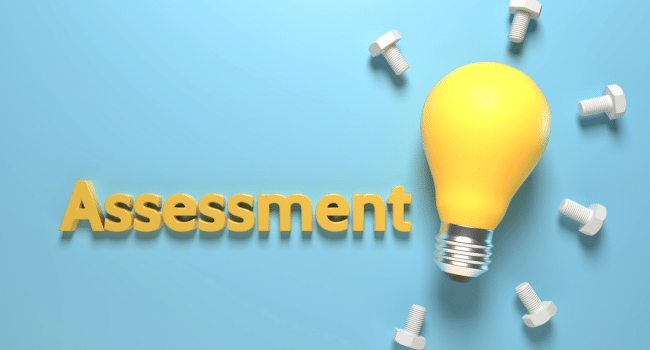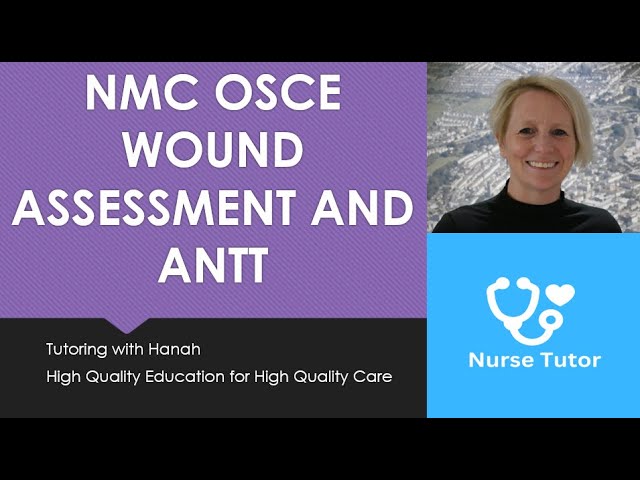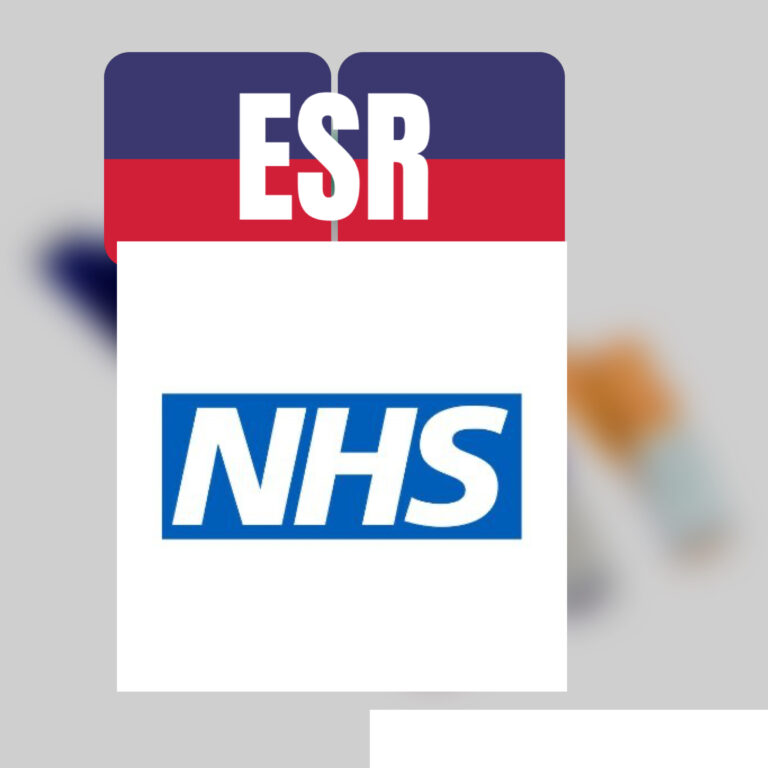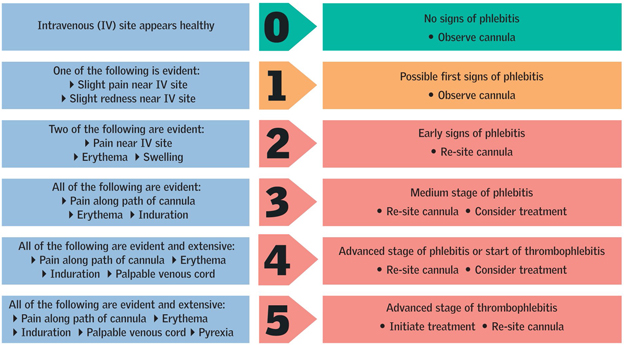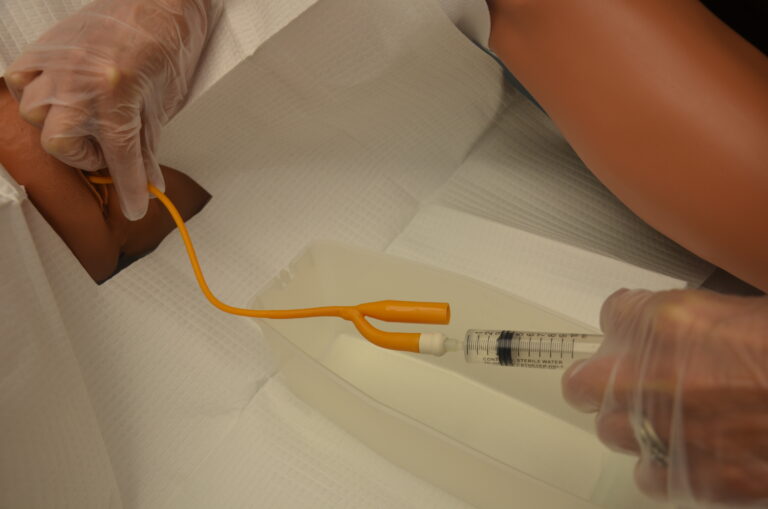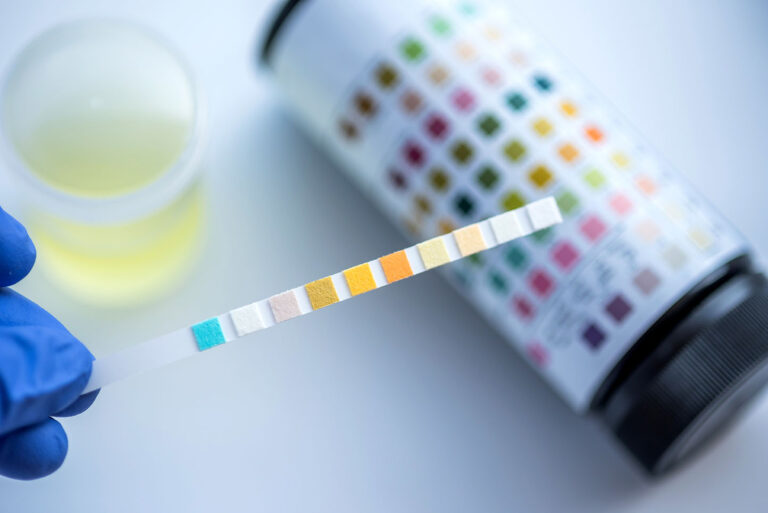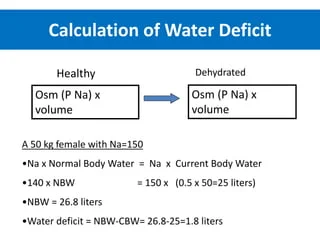Assessment Station in APIE NMC OSCE Exam 2024
Assessment is the initial station in the APIE stations which is Assessment, Planning, Implementation and Evaluation. Assessment can be a NEWS2 Assessment, Neurological Assessment or a Community Assessment.
The scenarios you can get during the assessment stations are Anxiety and Depression, Asthma, Chronic Heart Failure, Community Assessment, Ectopic Pregnancy, Fall and Fracture, Hernia, Homelessness, Pneumonia and Subural hematoma. In this article, we will discuss in detail first about NEWS2 Assessment then we will discuss about additions needed in case of a Neurological and a Community Assessment.
Time limit for all types of assessment is now 20 minutes. You will be given a NEWS2 Assessment Chart or Neurological Assessment Chart or a Community Assessment Chart depending on the scenario given. Important thing is to note be tensed (eventhough not easy), take some deep breaths and try to complete whichever chart is given to you. First after introductory phase, just ask an open ended question for eg. What brought you here to the hospital?. Take your observations, chart it and then ask further questions afterwards. It is very important to verbalize NEWS2 score in NEWS2
Assessment, GCS Score in Neurological Assessment and PHQ9 Score in Community Assessment (PHQ9 will be usually given with the scenario).
Assessment Station in APIE Stations of NMC OSCE Exam
Lets see what all you need to do in a NEWS2 assessment under the following headings. You will be getting five minutes to read the scenario before entering patient room.
The scenarios you can get during the assessment stations for NEWS2 Assessment are Anxiety and Depression, Asthma, Chronic Heart Failure, Ectopic Pregnancy, Fall and Fracture, Hernia, Homelessness and Pneumonia
Introductory Phase
Entering to the patient room, checking for scene safety, ensuring that scene is safe to approach
Protecting the privacy and dignity of patient by closing the curtains and doors
Doing the hand rub using seven steps of hand hygiene (meanwhile observe for any hazards (cigarete packet, glass of water, pills, sample bottle, spectacles etc) kept, if found you need to remove it after asking patient consent and should explain the consequences.
Hello, myself ‘name of candidate’ and am your attending nurse today
Can you tell your name please
What can i call you?
Can you tell me your date of birth?
Can i confirm the same with your id tag (Name, date of birth, hospital number)
How are you now?
Are you comfortable?
What is your chief concern now? or Can you tell me what happened and why are you here?
Do you have any allergies?
Do you have any pain now? If yes, score using pain scale (Can you rate your pain on a pain scale of 0 to 10 where 0 is the least pain and 10 is the worst pain you have ever experienced).
You need to take a note of the pain score verbalized by the patient.
If patient is on oxygen mask or cannula, ask the patient whether he is comfortable to talk? Whether there is need to raise the bed end?
Tell the patient that i am here to take your observations ie Blood pressure, Pulse rate, respiration, saturation and your temperature, is that okay with you?
Tell the patient that you will also need to ask a few questions about your condition later so that i can plan your care accordingly, is that okay?
Do you need to use the toilet now?
Tell that procedure will take another 15 minutes, is that okay?
Have you been resting for past 20 minutes?
Verbalize that First you are going to take clients observations, please be calm, not talking and don’t cross your legs during this time, is that okay?
Taking Observations
Do a hand rub before touching observations machine
I am confirming with the examiner that these equipments are cleaned, calibrated and ready to use? (Now a days its given in the scenario that equipments are cleaned and calibrated, so no need to re confirm it)
I am going to check your BP, which arm would you prefer?
Do you had any surgeries in this arm?
I am confirming that this arm is free of any infection, inflammation or lesions
Am confirming that the bladder length of cuff is more than 80 percent of patients arm circumference and bladder width is more than 30 percent of patients arm circumference.
I have applied cuff after locating brachial artery and 2 inches above from antecubittal fossae
Verbalize to patient that you will have a pressure sensation while measuring blood pressure
Meanwhile i will also be checking your oxygen saturation on your other hand, is that okay with you?
I am confirming that the finger is free of any infection and iflammation, finger is warm not cold and clammy and there is no false nails or nail varnish
I am checking for capillary refill in the finger by pressing tip of finger for 5 seconds and releasing it
Capillary refill is less than 2 seconds and it is safe to check oxygen saturation in this arm
Putting on SPO2 probe in the finger, doing a hand rub
I will be documenting patient details, while the machine records your blood pressure, is that okay?
Verbalize to patient – So your BP is –/– and Oxygen saturation is –% which is quite normal, am recording it in NEW2 chart (provided during exam)
Now i will be checking your body temperature using tympanic method. It is taken in your ear, is that okay with you?
Do you have any hearing aids? (if yes ideally you should wait 20 minutes before taking the reading)
I am inspecting the ear for any infection, inflammation or csf drainage, its clear
Checking Temperature after putting the disposable cap, telling the temperature to patient, discard the cap in clinical waste
Record the temperature on NEWS2 Chart
Next, you should state that “Now am going to check your PULSE RATE for 2 minutes”
Tell starting now, before counting pulse, check pulse rate for one minute, check respiration for next minute
After checking verbalize the Pulse rate and RR to patient and tell that you have checked pulse rate for one minute and respiration for another minute and verbalize findings.
Record everything in NEWS2 chart
‘ABCDE’ Method
While taking observations, you can go through the ABCDE method of assessment through the following steps
Airway: Clear; no visual obstructions.
Breathing: Respiratory rate; rhythm; depth; oxygen saturation level; respiratory noises (rattle wheeze, stridor, coughing); unequal air entry; visual signs of respiratory distress (use of accessory respiratory muscles, sweating, cyanosis, ‘see-saw’ breathing).
Circulation: Heart rate; rhythm; strength; blood pressure; capillary refill; pallor and perfusion.
Disability: conscious level using ACVPU (alert, confusion, voice, pain, unresponsive); presence of pain; urine output; blood glucose.
Exposure: Takes and records temperature; asks for the presence of bleeds, rashes, injuries and/or bruises; obtains a medical history.
NEWS2 Calculation Phase
If patient is on Oxygen (usually nasal cannula or mask), mark in the appropriate column in News2 chart otherwise mark air
Fill in the AVPU, calculate NEWS2 score, fill in the monitoring frequency and need for escalation, sign, date, time
Do a hand rub, verbalize news score to patient and tell the escalation plan according to NEWS 2 score (given in chart provided)
Further Assessment using Questions
Now am going to ask a few more questions to you for completing my assessment, start asking following questions
Do you have any habits like smoking or drinking alcohol? (If smoking, mention smoking cessation program)
Do you have any lifestyle diseses like diabetes, hypertension etc? (If time permits, educate about condition)
How is your sleeping pattern?
How many meals do you take a day? Do you take a mixed diet? (Refer to dietitian)
Do you have any breathing problems or associated problems? (Refer to respiratory nurse)
Have you opened your bowel today? Have you passed urine today or after coming to the hospital?
Are able to do your daily activities or you need any assistance for that? (Mobility issues)
One Question that covers the others, if you are running out of time
Most important is to ask the patient – Is there anything else you want to share with me? (its a trigger to spit out anything we have missed, if you don’t have time to ask any questions after observations, you ask this one before concluding)
So, thank you for your cooperation, i will be escalating your care as and when needed, this is your call bell, if you need any thing just press the bell, i will be around and will be happy to assist you.
Take the obs machine with you and verbalize that you will clean it and make it ready for next use
Re open the curtains
Do a hand rub using seven steps of hand hygiene before leaving the room
NEWS2 Assessment Chart
News2 chart nmc osce
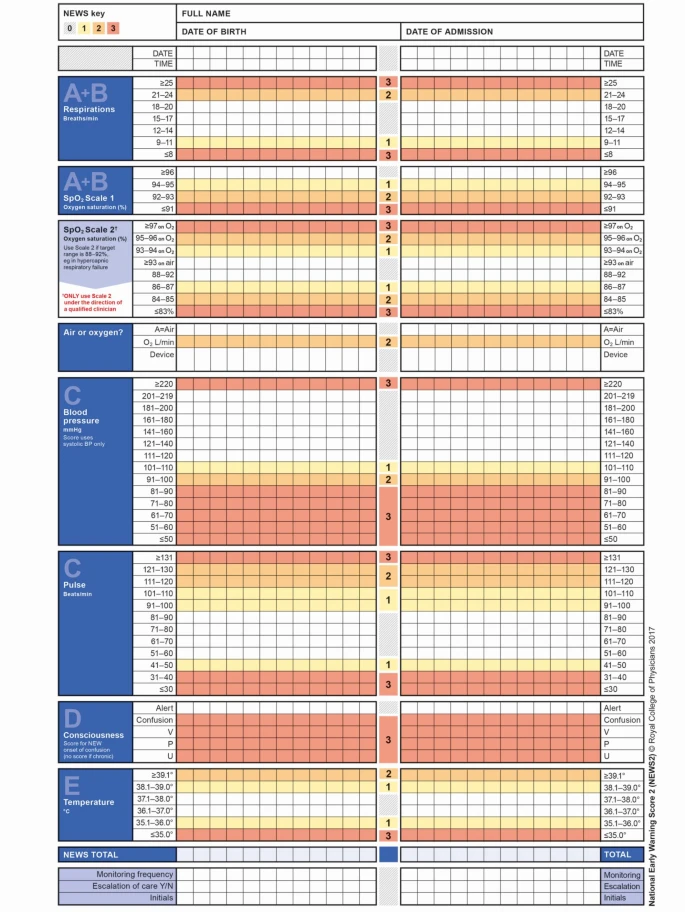
Neurological Assessment
Common Scenairo for neurolgoical assessment is Subdural hematoma
Follow the same steps for NEWS2 Assessment
Include Orientation to Time, Place and Person in introduction
After taking Observations, start neurological examination
Ask for any surgery in eyes or use of contact lenses -> Check pupillary reaction (tell patient you are going to flash light)
Ask for surgery on shoulder and back
Check power of Arms & legs by pushing and checking resistance up and down
Record every thing in Neurological Assessment Sheet provided
Calculate GCS Score and explain plan of care
Ask general assessment questions including swallowing problems, breathing problems, head ache, mobility, speaking issues, bowel and bladder incontinence, habits etc
Give call bell and instruct usage
Do a hand rub using seven steps before leaving the room
Neurological Assessment Chart
Neurological Assessment GCS Chart NMC OSCE
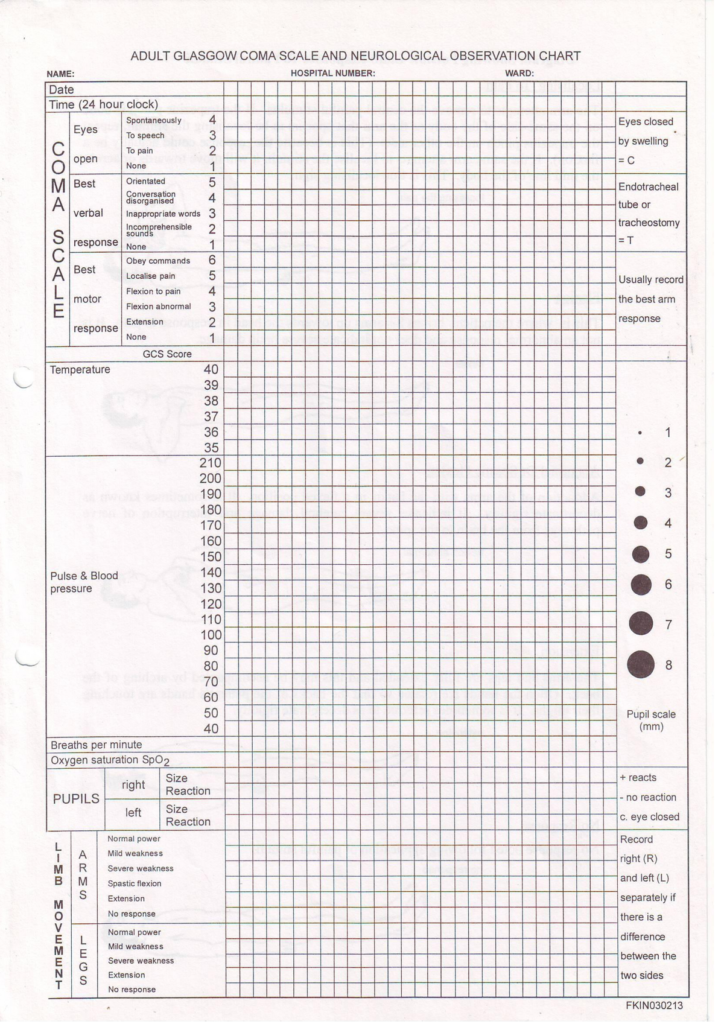
Community Assessment
Main Difference in Community Assessment compared to NEWS2 are
There will be no id band or allergy band
There will be details about admission, medication, lifestyle, chief concern, surgery done etc in the scenario itself
You need to orient patient to Nursing home (toilet, kitchen, play area, tv room, dining room etc)
There will be a PHQ9 (Patient Health Questionnaire) answered and scored in the scenario, you need to address that
State that you will introduce to other inmates
Instruct use of call bell
There will not be SPO2 probe in community setting
Observation chart will be different than NEWS 2 Chart
Community Assessment Chart
Community Assessment Chart NMC OSCE
Conclusion
Assessment is the first part of APIE Stations. Usually if you make simple mistakes, its not an issue in this station. But if you forget to verbalize score of NEWS2 Chart, GCS Score or PHQ9 Score to the patient and plane for escalation, it may result in fail.
